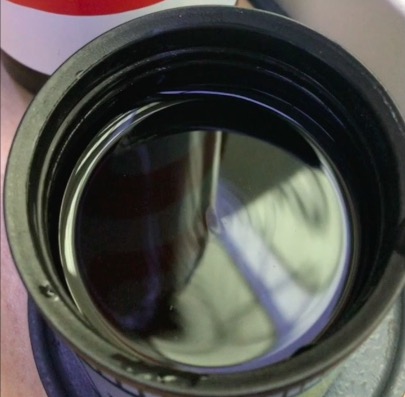
#BergenWaveWatching: On vibrating surfaces
Reposting from Elin’s blog:
Kjersti, Steffi, Elin and myself (Mirjam) recently discussed ways to better integrate the GEOF105 student cruise into the course. My suggestion was to ask the students to observe things throughout the whole duration of the course, and then have them relate their time series with what they observe when “at sea”. In this mini series tagged #BergenWaveWatching, I write up a couple of suggestions I have for observations that are easy and fun to make. I am anticipating that my suggestions will be strongly biased towards #wavewatching, so if you have any other suggestions, I am all ears! :-)
Where to go
We spotted standing waves in a bucket on the latest GEOF105 student cruise, but in addition to on ships, they can also be spotted for example on trains (see pic below), in cars, or even on washing machines.

What to look out for
The pattern that form on the surface of vibrating fluids
What to do with the data
Describe the pattern and try to understand why it looks the way it does (like I did here). Is it the frequency of vibration? The shape of the vessel? The material of the vessel? The location relative to the source of vibration?
Do you have suggestions for us? What other spots or topics would you recommend in and around Bergen to be added to the #BergenWaveWatching list? Please leave a comment! We are always looking to expand this list!